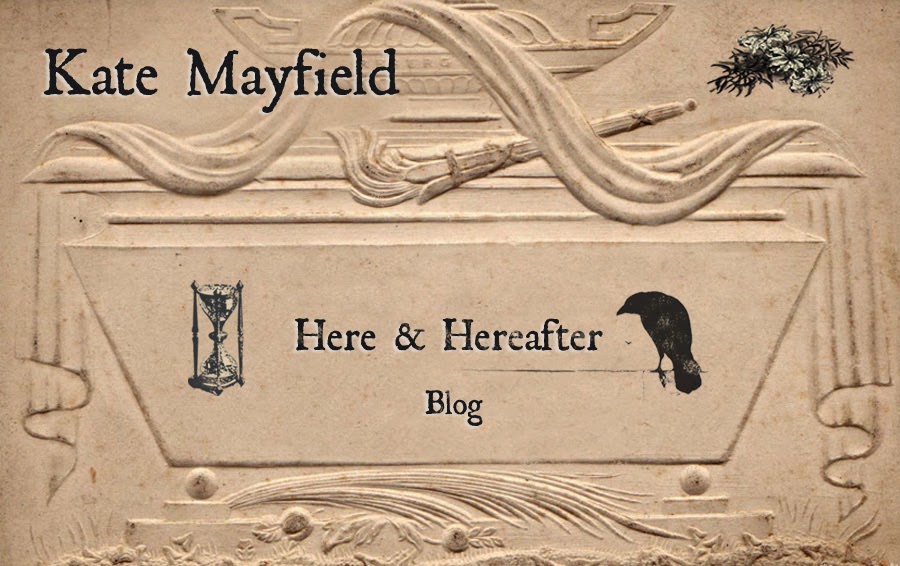SHROUD SPOTTING

An elderly woman entered my father’s funeral home in a tizzy. She expressed her desire to be buried in her own clothes. Crack! The cemented surface of tradition lay crumbling. The long era of burial shrouds in our Southern way of death was over.
Before she lost her job, I scrambled down the stairs whenever the Shroud Lady came to visit. Most women in town spent a couple of hours in the beauty parlour and emerged with twelve-foot high lacquered statues on their heads. The Shroud Lady wound her dark hair in a simple bun, ran a tube of red lipstick across her lips and piled her arms high with green cardboard dress boxes. She was a farmer, a mother and a shroud maker and had no time for parlour parley.
She opened the boxes carefully; even so the chiffon dresses billowed out. Hand covered buttons, lace trimmed high necks, pleated fronts, all details that made her the best shroud maker around. Not that there were many women sewing away, fighting to make their mark on the funeral business.
With a wink at the Shroud Lady, my father let me choose which ones he would buy. Sherbet colors stared back at me: pale pink, powder blue, lavender, mint green. Soothing colors heightened the strong impression that the corpse slept peacefully. I wanted one. I thought it would make a nice nightgown. I imagined wearing it, the chiffon floating behind me as I wandered the funeral home barefoot.
Then the Shroud Lady removed one from the box, gave it a little shake and turned its back toward me.
Tricked! The shroud had no back. Two strands of fabric tied at the back of the neck, the rest of the gown, also shorter than I had imagined, was open to the air.
Technically, a shroud is a winding cloth, or sheet made of natural fibre. But we Southerners do tend to exaggerate and “shroud” rippled off the tongue easier than burial dress. There was nothing natural about the nylon chiffon our seamstress bought by the bolt. But really, a shroud can be born of any type of fabric. And I learned that a shroud often materializes quite accidentally...
Recently I met a young textile artist at the New Designer’s Show in Islington. In constructing her project she followed detectives to crime scenes in which the victim had been left to the elements for many months. She studied victims’ clothes - clothes that had sadly become their shrouds.


Then she began to bury her own clothes, or rather, stole t-shirts from her father and placed them in the compost. She was astonished at how quickly the fabric deteriorated. She told me this rather cheerily.
Her business card is made of fabric with a hint of stain. Cheeky.
Thanks to Keely Butler for the use of her photos.









